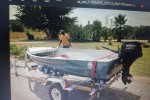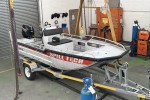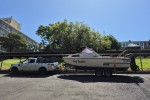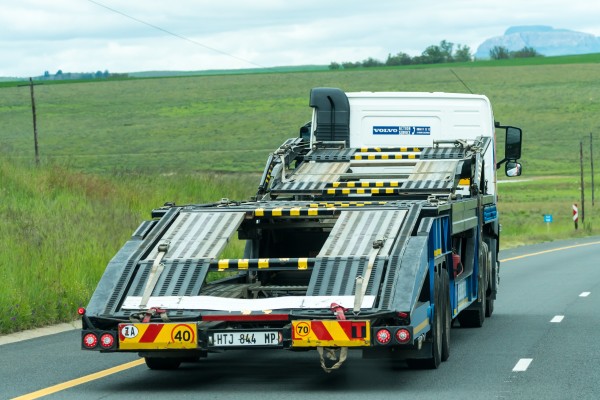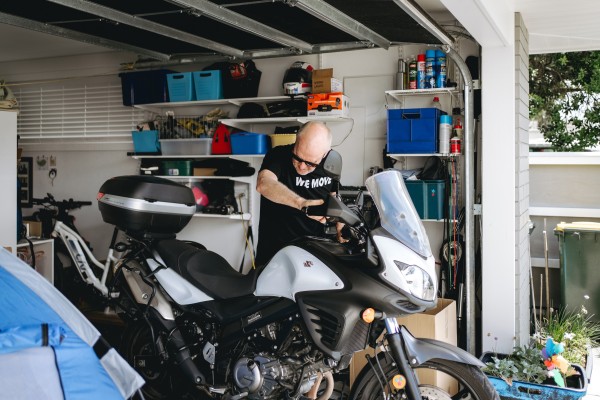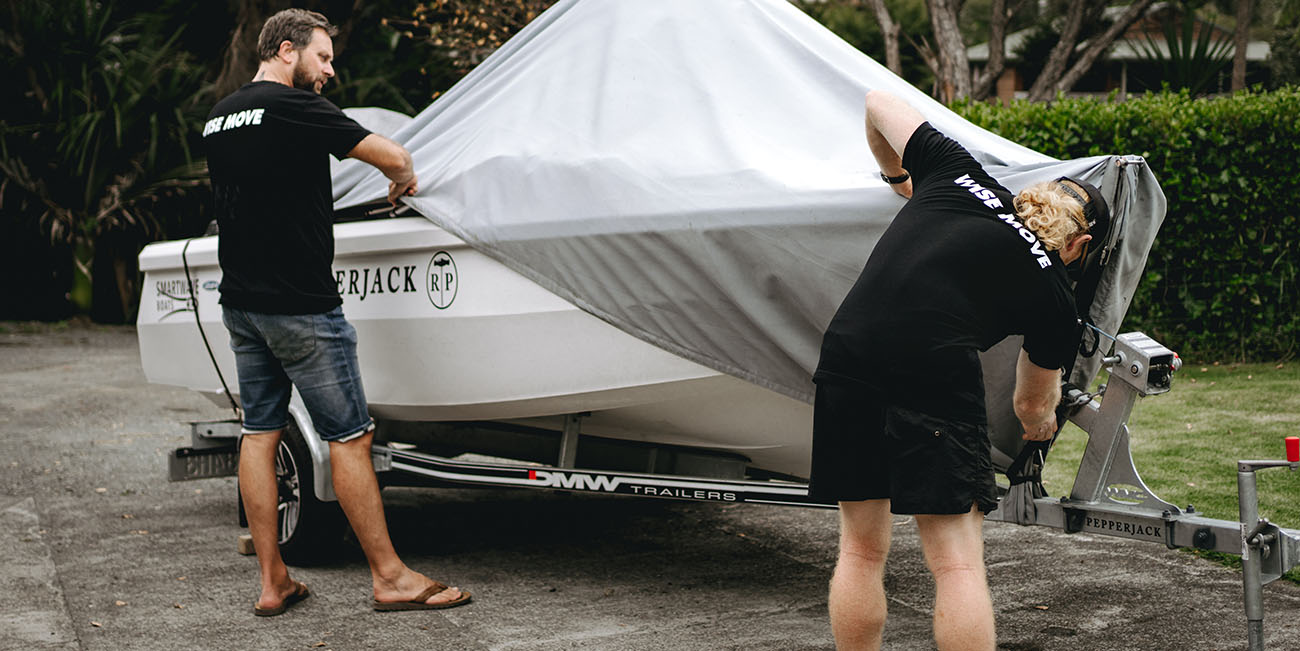
What do our customers say?
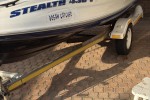
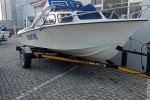

7 days / week
Finding a boat transport that works to your schedule can be stressful. Maybe you need an item picked up on a particular day of the week. Or perhaps you need to move in a hurry and only have one day that works for your schedule. Whatever your problem is, we can work to solve it.
We work with a range of boat haulage movers that are available any day of the week, including weekends and public holidays.
With Wise Move, you don’t have to ring around finding a boat transport company that will work to your requirements. With just one message we save the need for hours of research or countless phone calls. Instead, you’ll get quotes from boat movers who are available on the days you’ve requested.

100% customer satisfaction
We are one of the most recommended moving companies in South Africa. Our customers are the driving force behind everything we do, and we constantly strive to improve our service based on the feedback we receive.
If you’re looking for a trusted mover, you’ve come to the right place. Our skilled professionals from all over South Africa are consistently rated highly by our customers.
With over 11,164 reviews on our website and a 9.4-rating you can ensure a quality, trusted service.
In addition, our business is rated 5-stars with over 1,700 reviews on Google Reviews.
Over 85% of our service clients have referred us to their families and friends. We are proud to have a stellar reputation in the community and are grateful for every referral we receive.
Available across South Africa
From the smallest rural community to the biggest city, Wise Move provides experienced teams ready to transport your boat safely anywhere in South Africa.
Once you share your boat transport details with us, our team takes care of everything—assigning the right specialists, planning the route, and coordinating collection and delivery from start to finish.
If you're managing the move remotely, we can work directly with your family, friends, or employees to ensure secure preparation, loading, transport, and unloading. You don’t need to be present at either location; our boat transport teams complete the job professionally and to the standard you expect.
That’s a Wise Move guarantee.

No hidden fees
When you need to transport a boat, we understand how frustrating it can be to expect to pay one price, only for extra costs to add up as the process drags on.
At Wise Move, we’ve done away with all that thanks to our strict ‘no hidden fees’ policy. Whatever quote we give you for your boat moving job will be final, no ifs or buts. We’re proud to offer value-driven boat transport service for you, your family and your business that never takes you for granted.
Our charges are fully inclusive of petrol and any other charges the transport process might incur – including VAT, the goods and service tax levied by the government.
If you have any questions or queries about the quote you’ve been given, you can always get in touch and our friendly support team will be happy to help.
Our services for every (wise)move

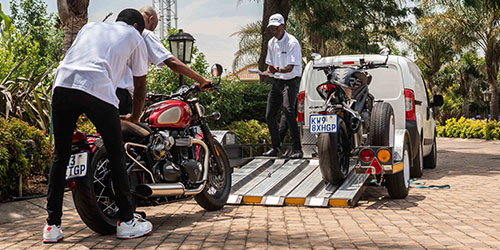
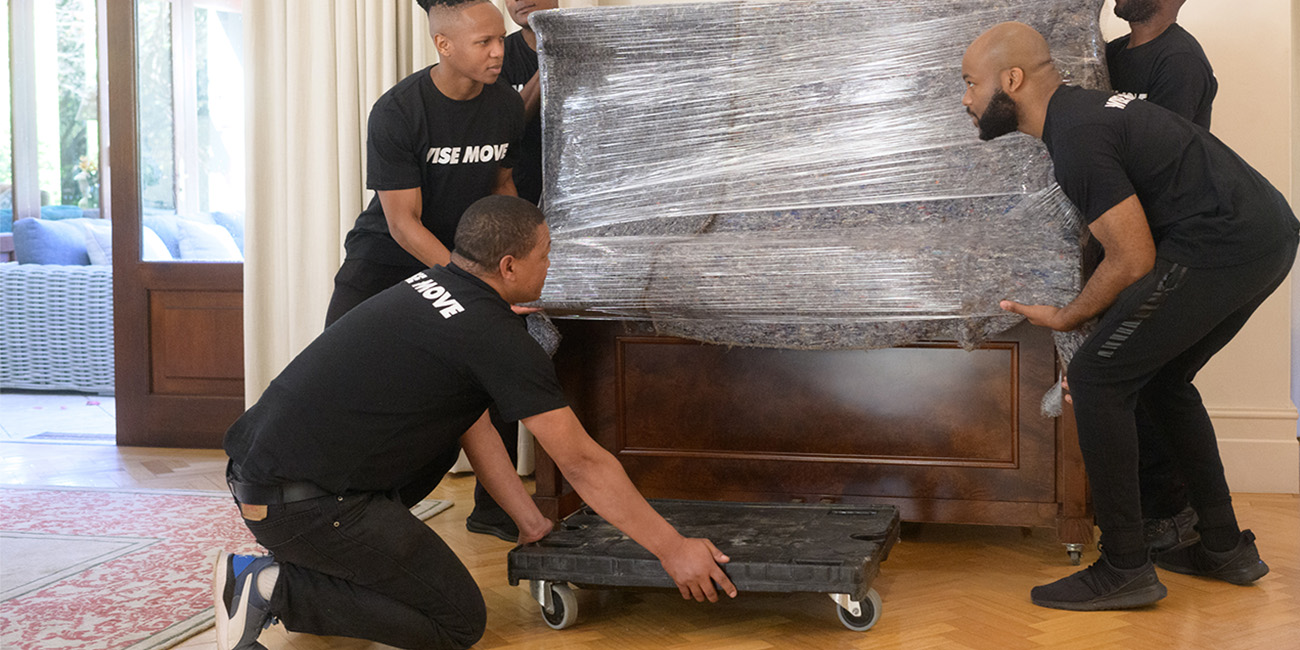
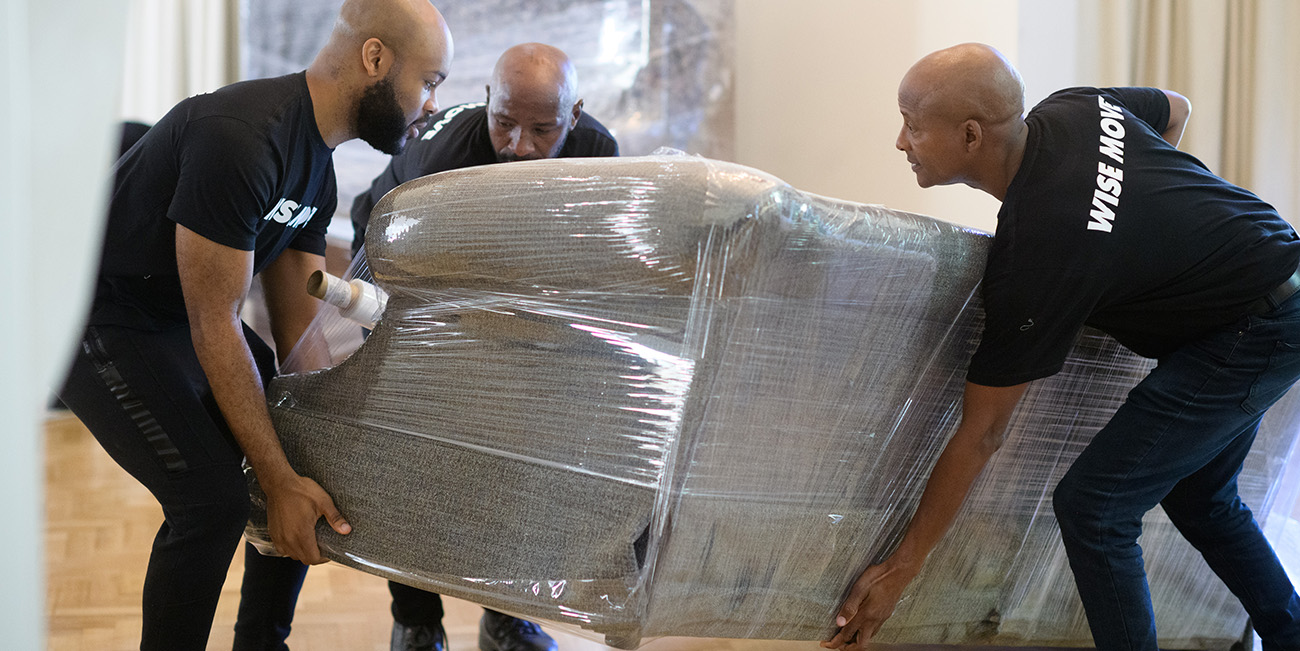

Boat Haulage
Transport services across South Africa. All Covered. No Hassle.
- Cape Town
- Durban
- Johannesburg
- Soweto
- Pretoria
- Port Elizabeth
- Pietermaritzburg
- Benoni
- Tembisa
- Vereeniging
- Bloemfontein

